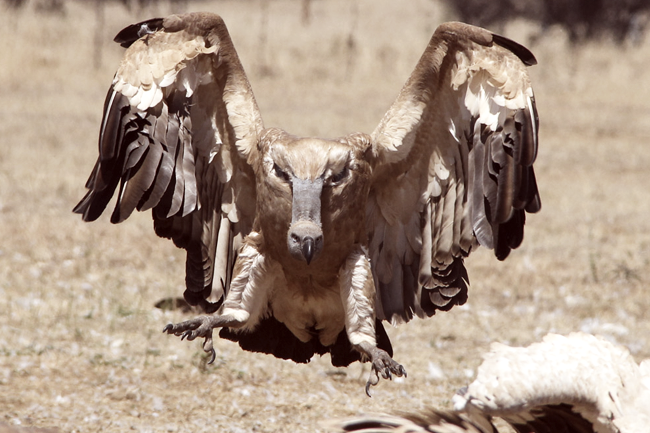With a wingspan of up to 2.65m, vultures are often at high risk of electrocuting themselves on power lines, as their size means they can touch both live conductors simultaneously.
South African-based Vulture Conservation Programme says that because some electricity pylons can be as high as 20m, the Cape Vulture in particular uses power lines as a ‘safe’ roosting site to make their foraging ranges bigger as they extend their travels.
In a bid to mitigate the power line deaths of these endangered birds (which play an important role in clearing the bushveld of carcasses), the organisation is working on a research proposal to teach captive-bred chicks through classical conditioning to avoid perching on dangerous power line structures. This method, which has already proven successful in California, will take place prior to release.


